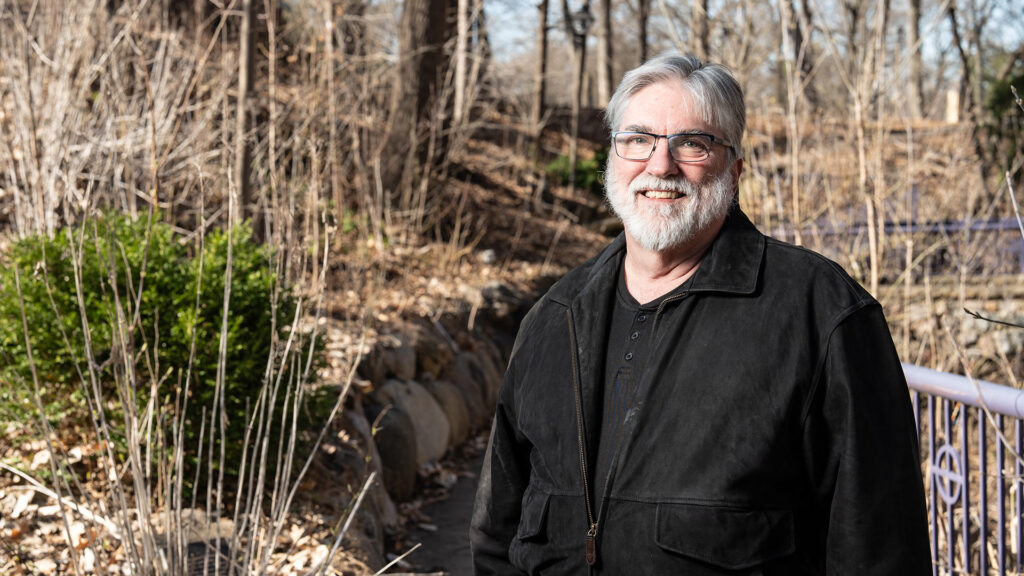This entry was curated by Ann Kenne, the university’s archivist and keeper of its special collections and archives, who has been at St. Thomas for 19 years.
When I was asked to come up with this list, I thought it to be an impossible task. There was no way I was going to be able to whittle a list down to just 10 events from all that has happened in the 131 years the St. Thomas has been in existence! A bit daunted by the task before me, I spent the next couple of weeks jotting down ideas as they popped into my mind. When the day came to whittle the number down to 10, I chose to include only those, which, in my opinion, caused a major shift or triggered a meaningful and continuing impact on St. Thomas. The rankings are purely subjective and reflect my view of the history at the University of St. Thomas.
10. First B.A. degree given
In 1915, the first four official Bachelor of Arts (B.A.) degrees were awarded to St. Thomas students for completing an outlined course of study. Prior to this time certificates were awarded for completing high school, commercial course or classical course curricula. This development led to accreditation of the college by the North Central Association of Colleges in 1916.
9. Affiliation between the College of St. Thomas and the Saint Paul Seminary
When the Saint Paul Seminary was established in 1894, it assumed the seminary program that began at the fledgling College of St. Thomas. The two schools were reunited in 1987 when the Saint Paul Seminary signed an affiliation agreement with the College of St. Thomas.
8. Holy Cross Fathers administration
By the 1920s, the College of St. Thomas was in severe financial difficulties and the school’s accreditation was in jeopardy. Archbishop Austin Dowling engaged the Holy Cross Fathers to administer the school for a five-year period from 1928-33. Their management of the school stabilized the school’s finances and set it up for future success.
7. First Master of Arts (M.A.) program established
The Master's in Education program was established in 1950 with the goal to help train administrators in Catholic schools. This first foray into graduate education led to the development of all of graduate programs that St. Thomas offers today.

U.S. Navy V-12 Band on Sept. 15, 1945.
6. The Navy V-12 program
As a male-only school during World War II, the College of St. Thomas faced a crisis: With college-age men in the service, its pool of available students shrunk severely. A 1943 contract to train naval officers through the V-12 program provided a steady flow of students at the college through the end of the war, thus keeping the school afloat financially.
5. First full-time female faculty member
For the first 60 years of the school’s history, the students were taught by male professors. That changed in 1947 when Mary Keefe was hired as an assistant professor of biology. While she was on the faculty for only five years, she led the way for future women faculty at the college.
4. MBA classes offered at Powers Building in downtown Minneapolis
In the spring of 1987, the MBA program first began to offer classes in the old Powers Department Store in downtown Minneapolis. The success of this program led to the development of what is now the Minneapolis campus.
3. Enrollment of I.A. O’Shaughnessy
After being kicked out of Saint John’s University, I.A. O’Shaughnessy made his way to the St. Thomas campus. An encounter with President Father John Dolphin led to his enrollment and O’Shaughnessy never forgot the second chance he was given in 1902. A successful businessman, he became the first - and one of the greatest - benefactors to the school.
2. Maginnis & Walsh campus master plan
The iconic Collegiate Gothic architecture and Kasota stone-clad buildings come from this plan developed around 1931. The north campus in St. Paul reflects much of what these original designers had in mind.
1. Decision to go coeducational in the undergraduate programs
The College of St. Thomas was officially a male-only school in its undergraduate programs from its opening in 1885. In 1977, the decision was made to open the school’s doors to both male and female undergraduates. While only 221 (or 10 percent) of the student body was female in the fall of 1977, today the ratio of men to women is nearly 50-50.
Feel free to post in the comments section which events you agree with, which you think are missing and what your top 10 would be.







